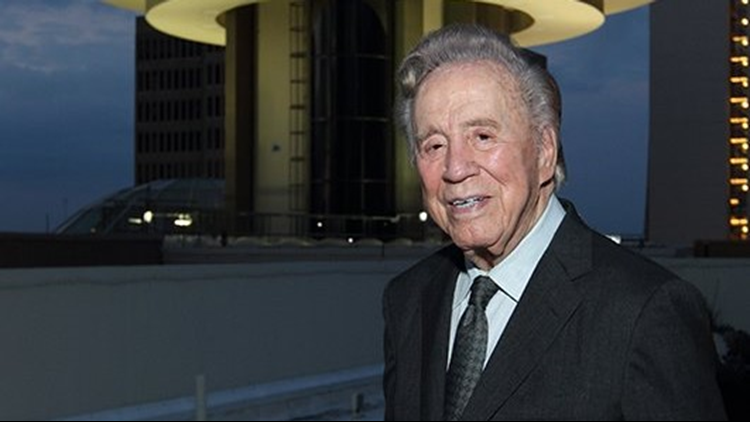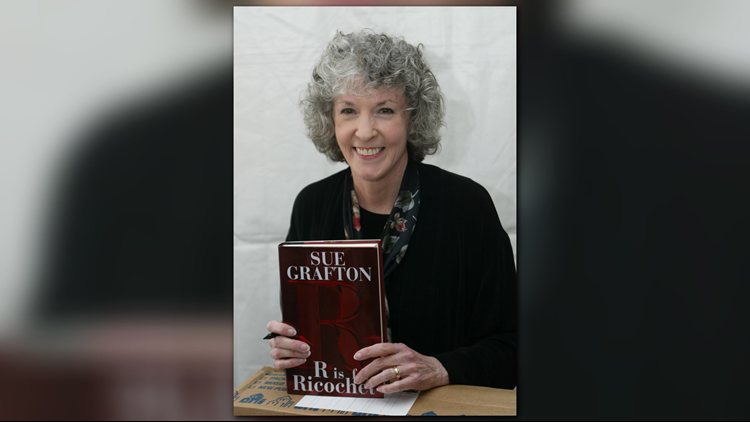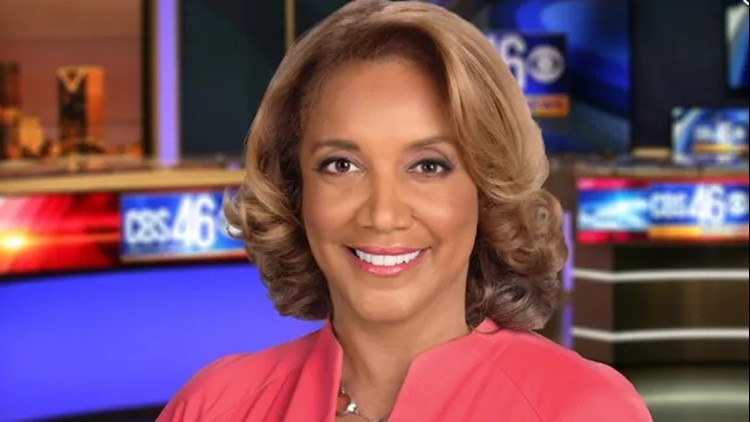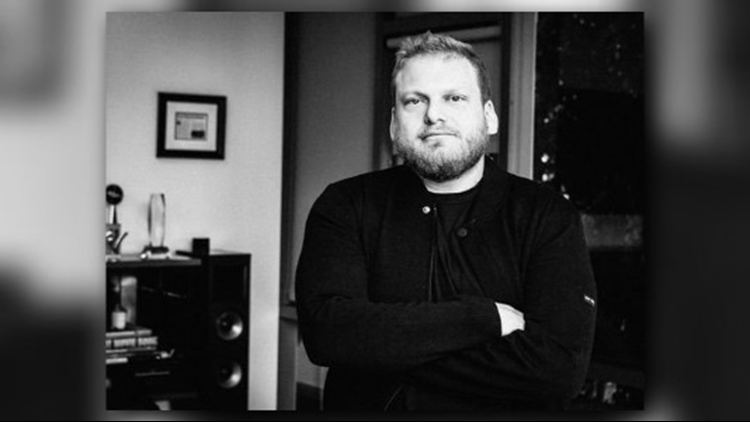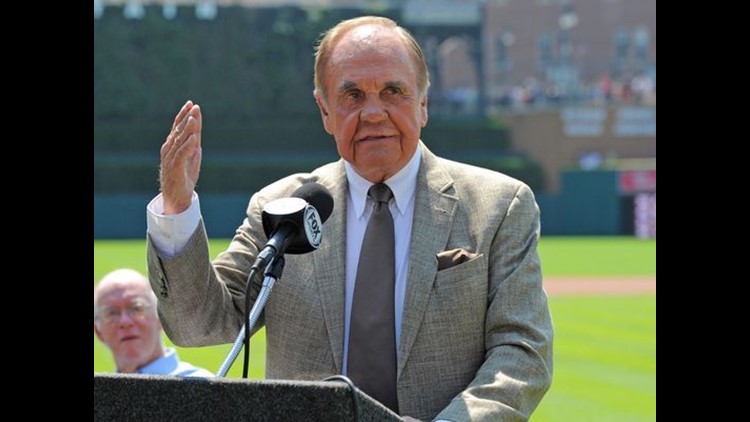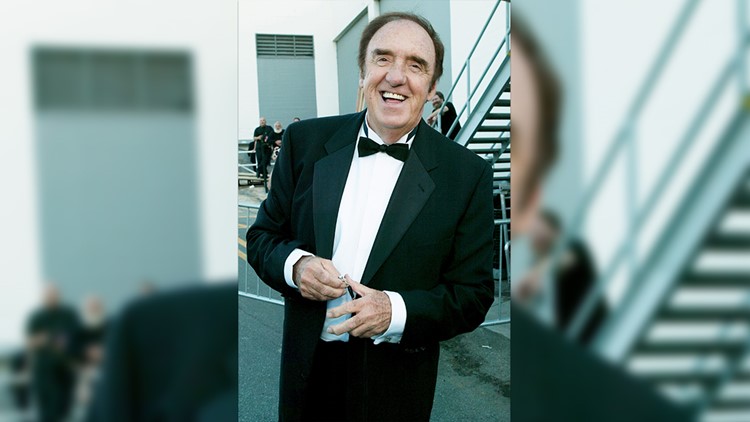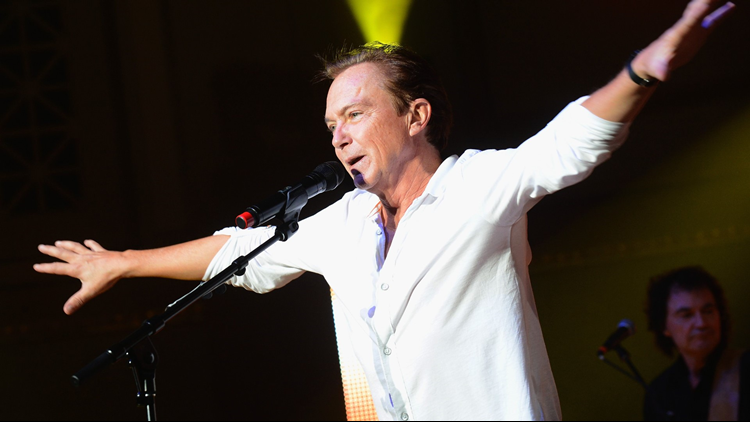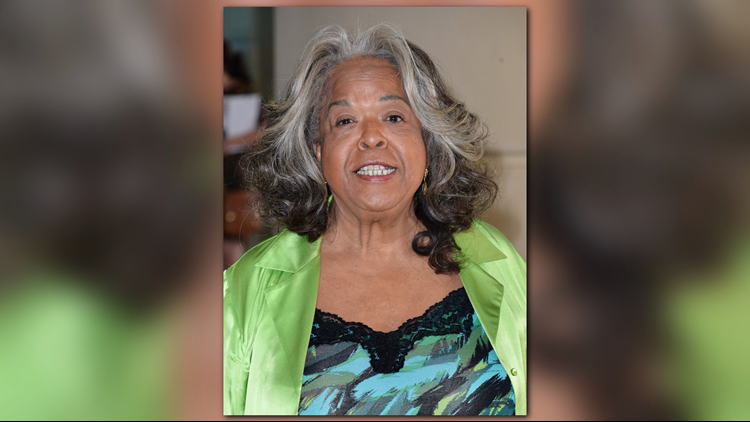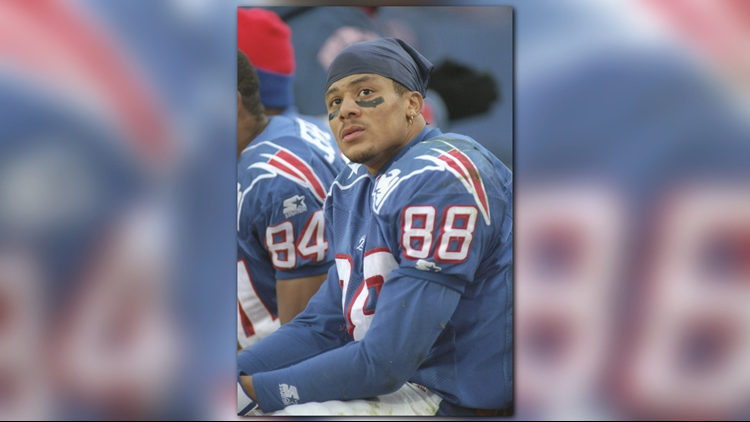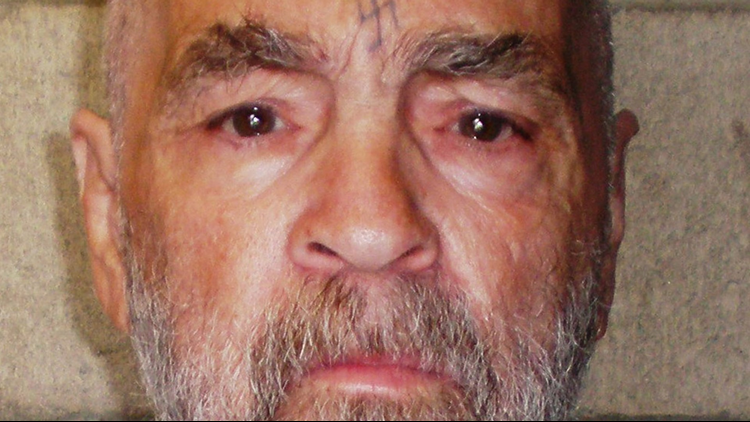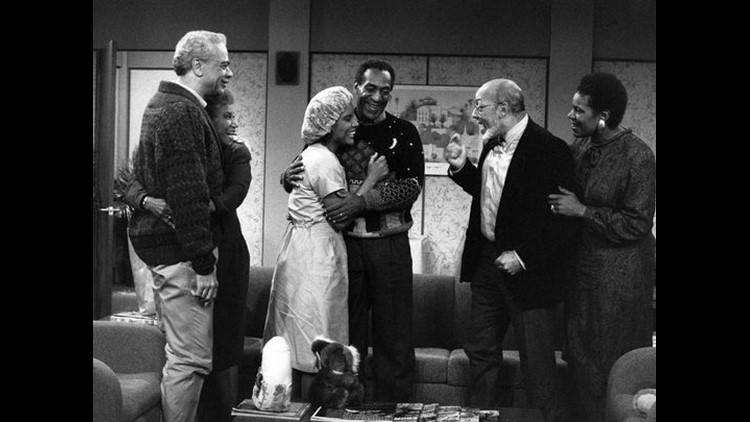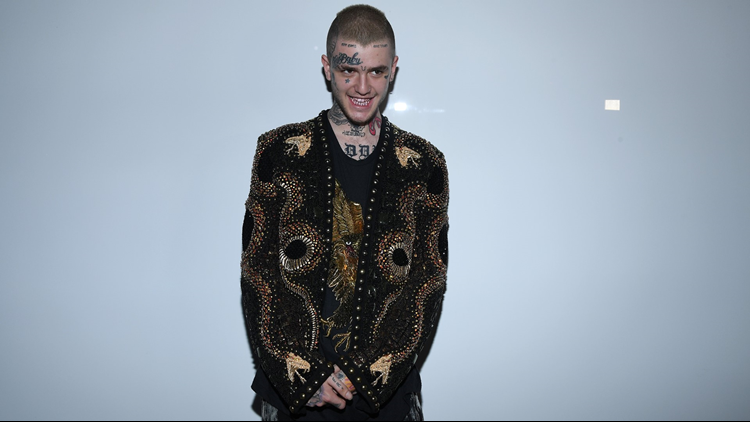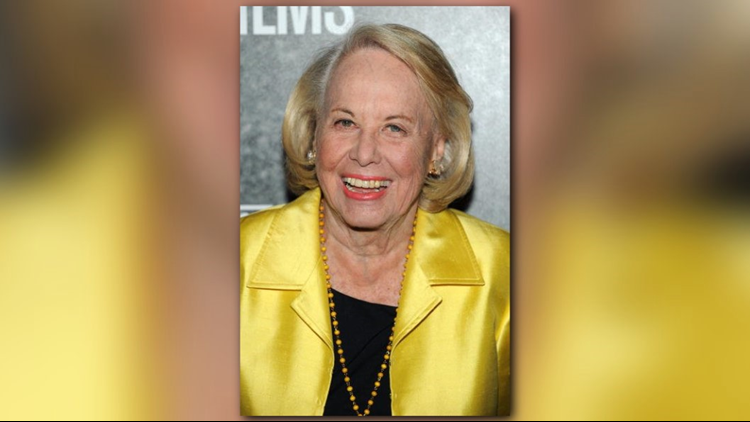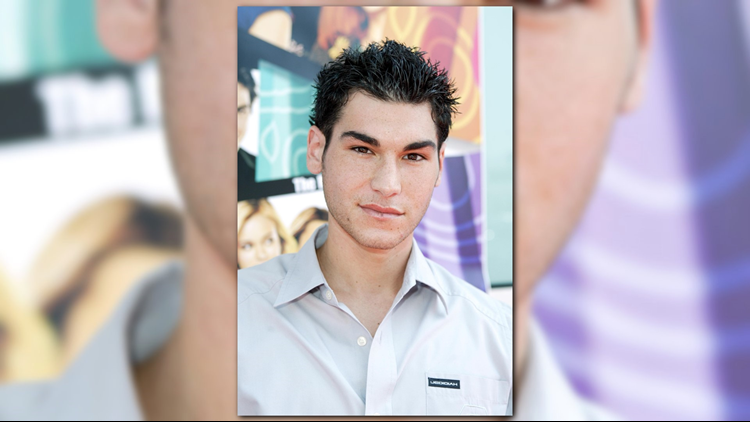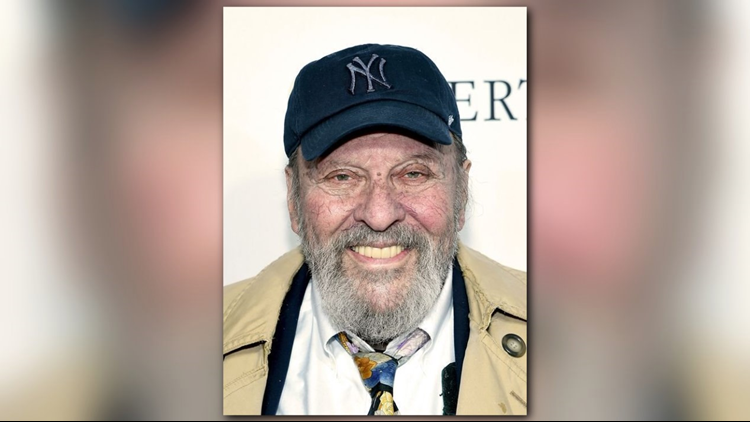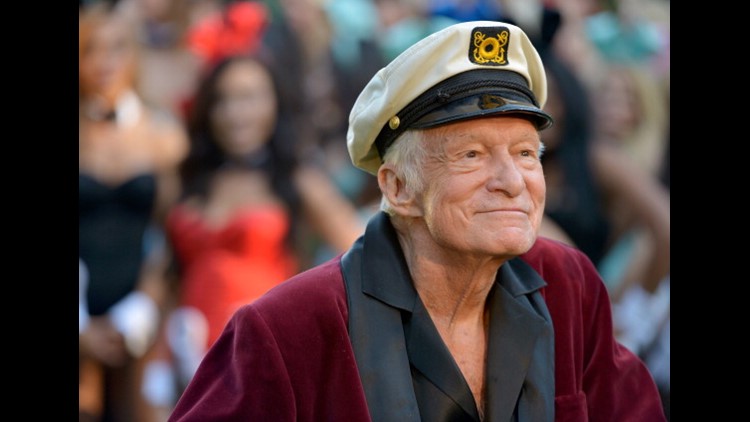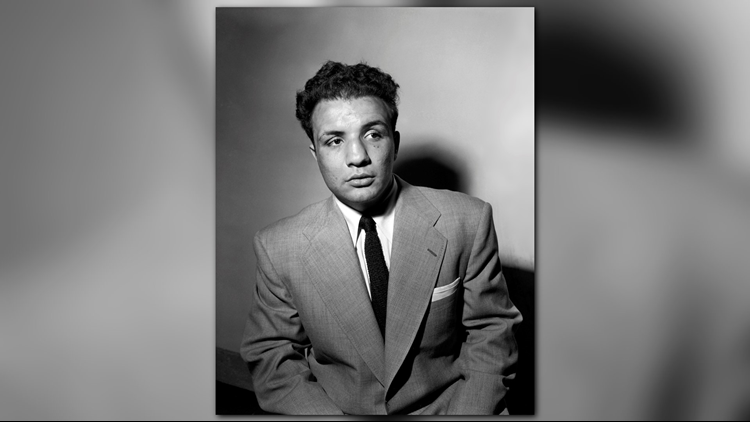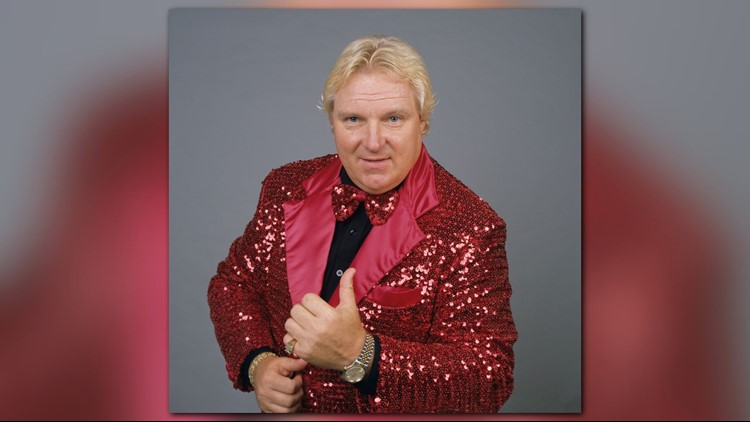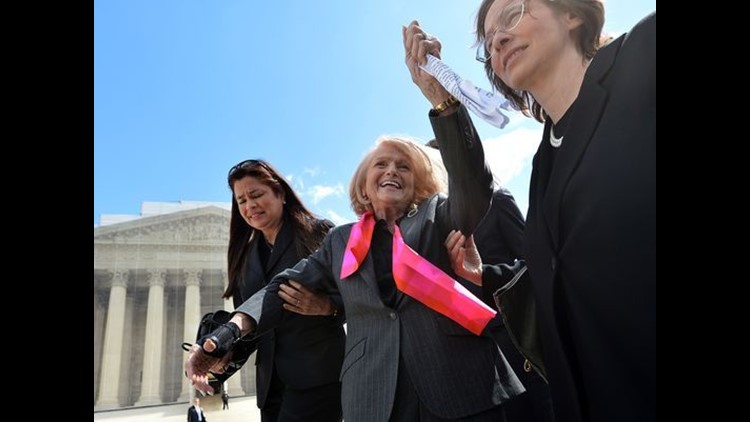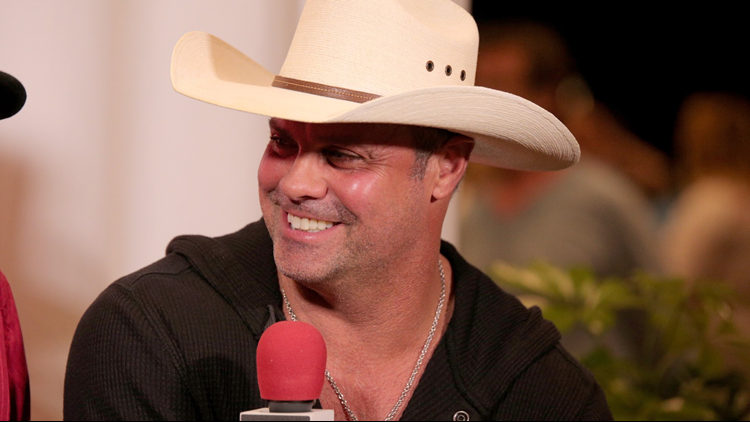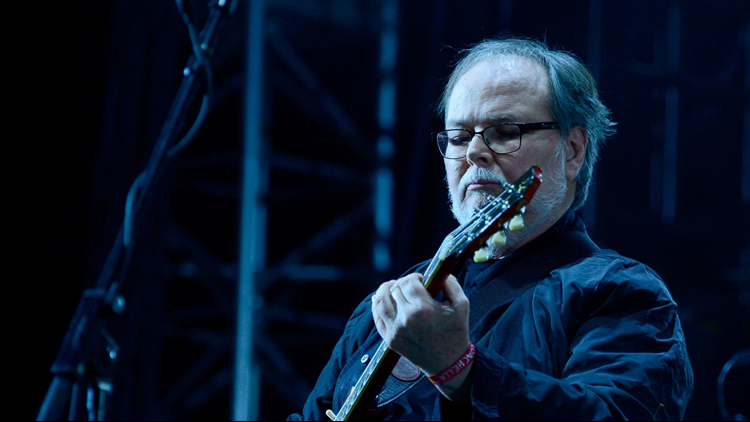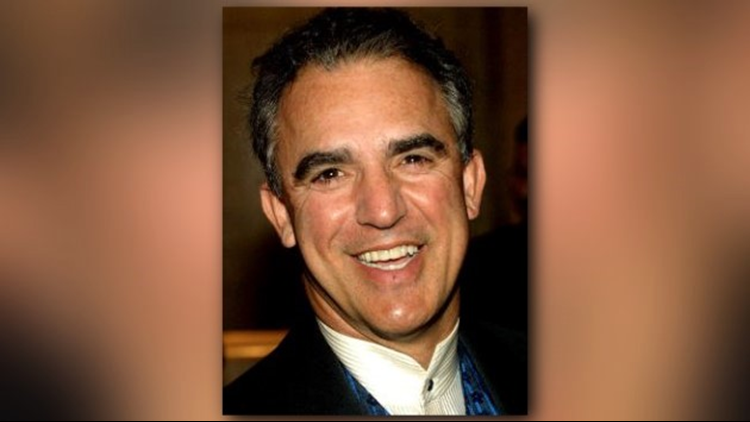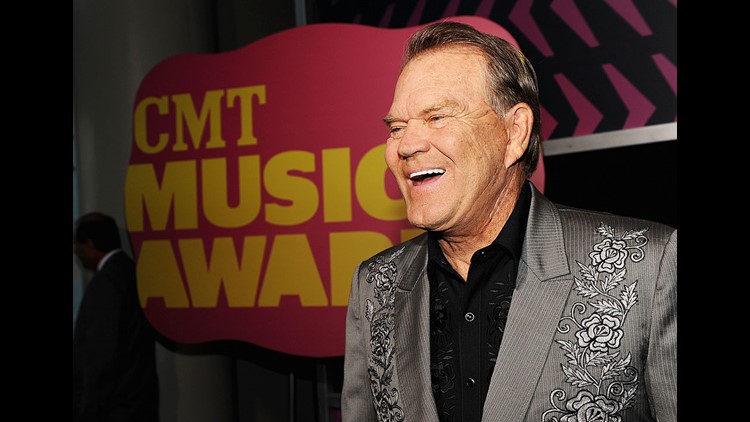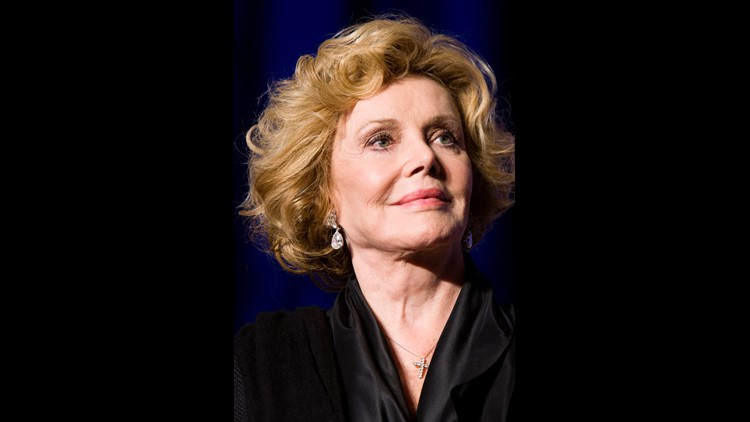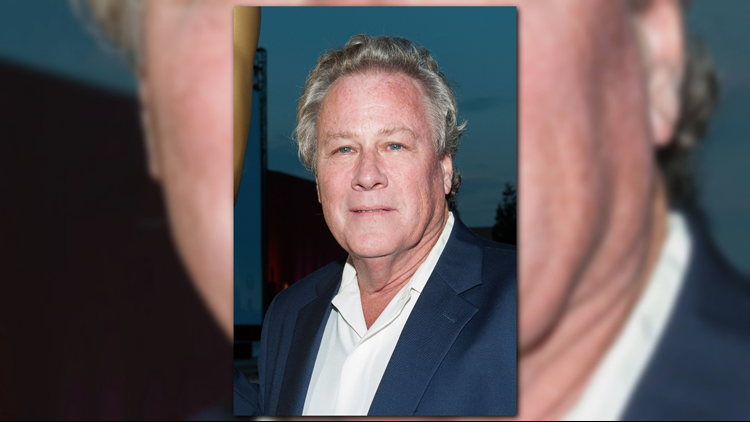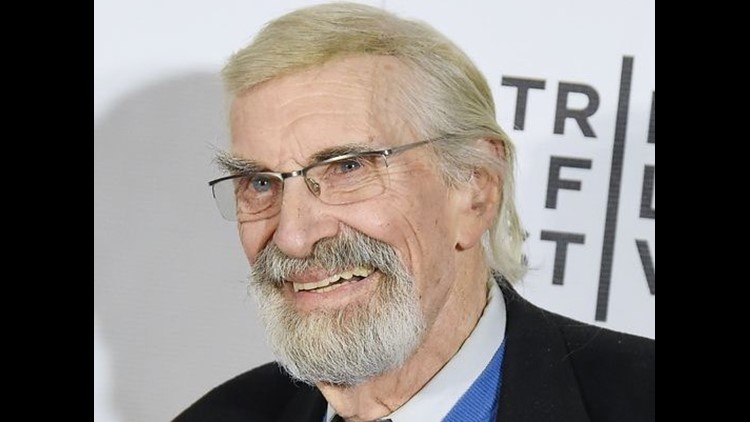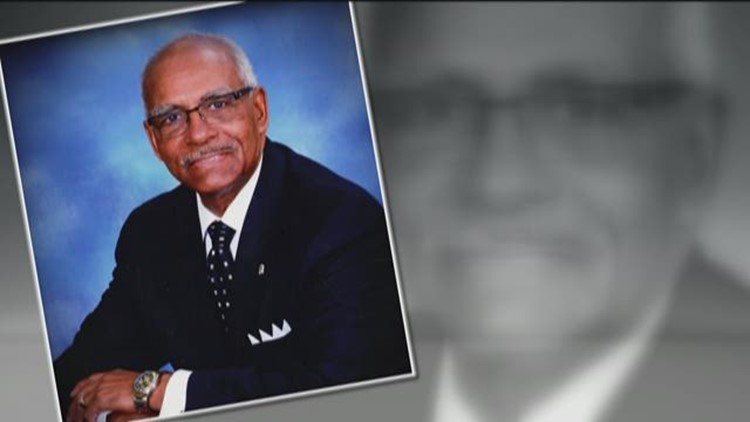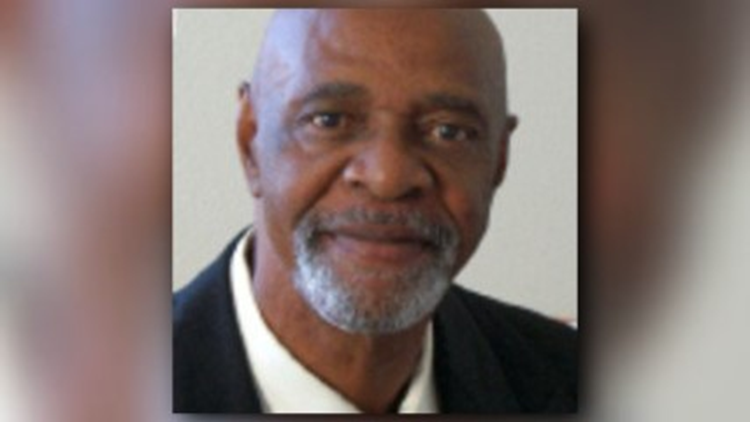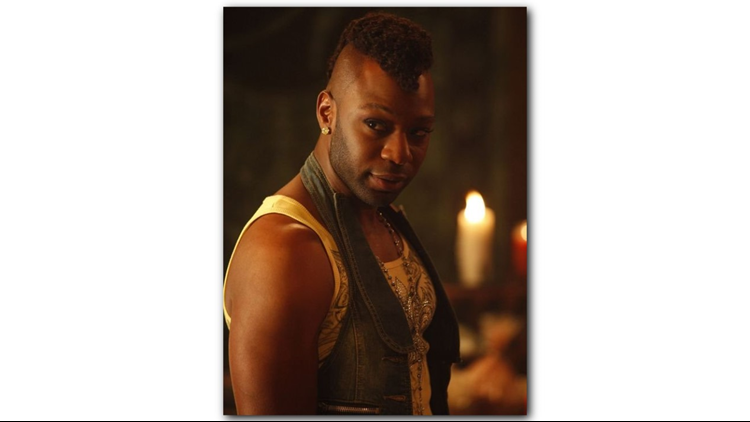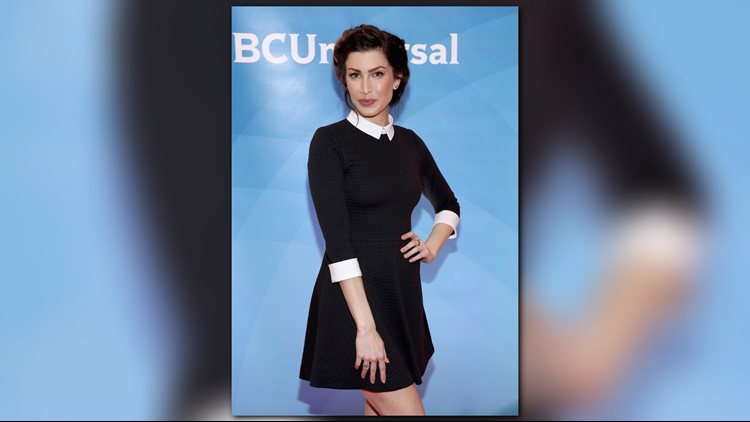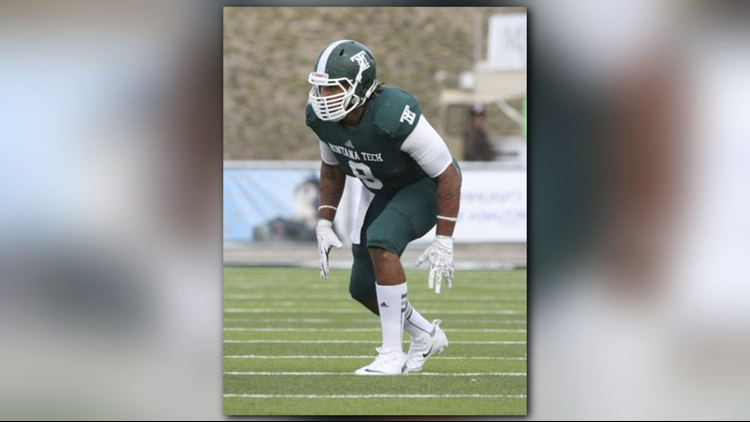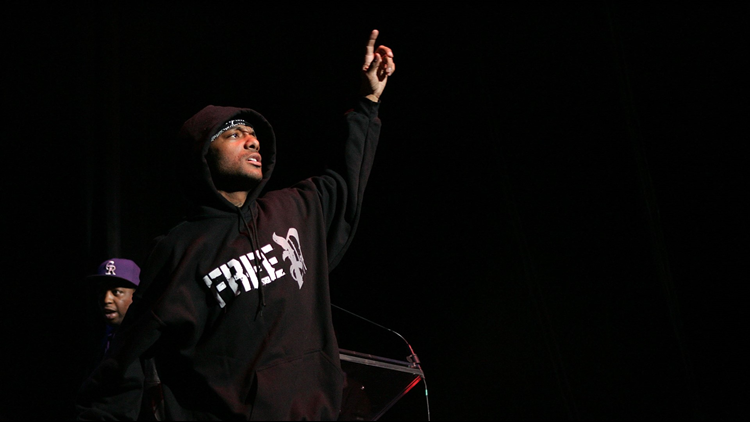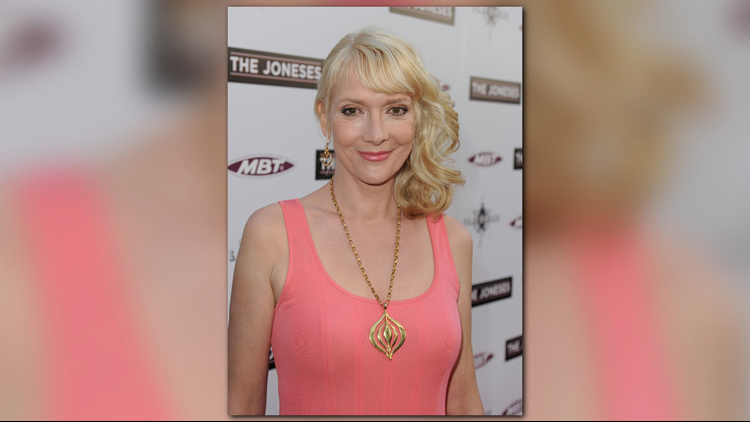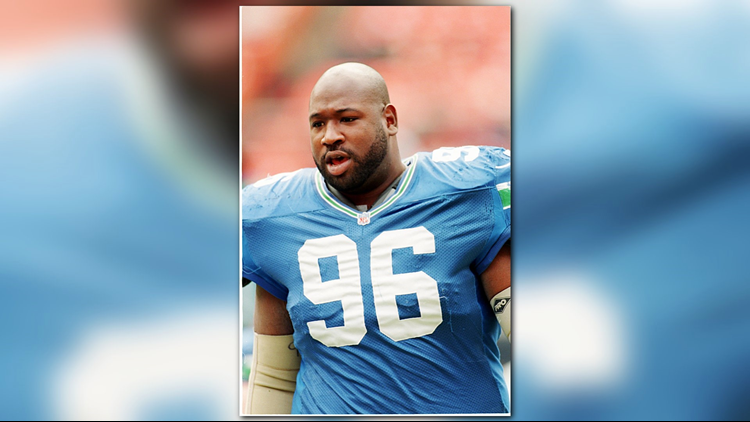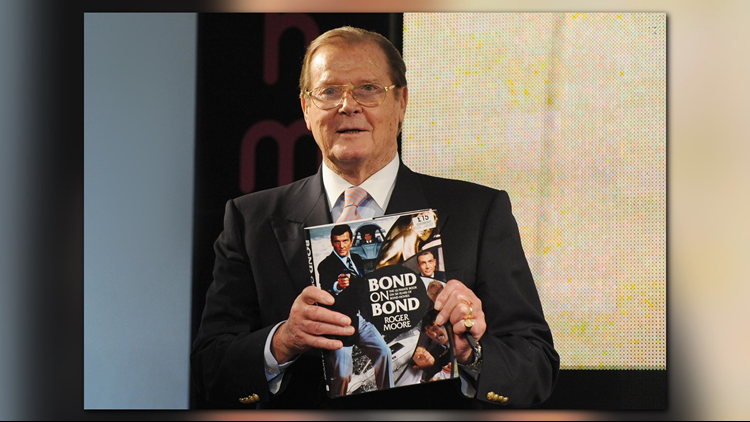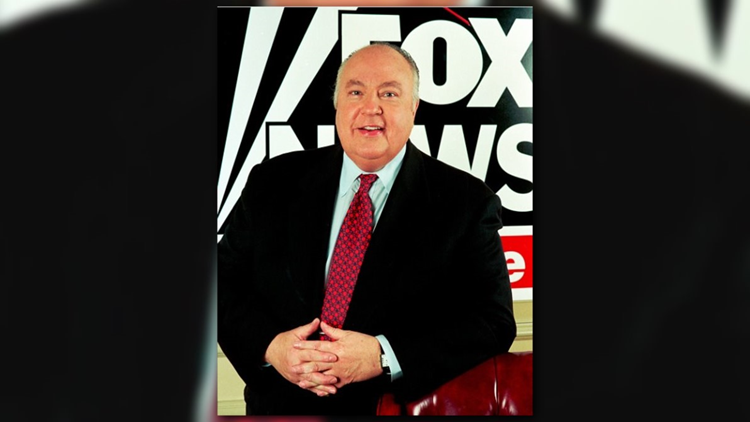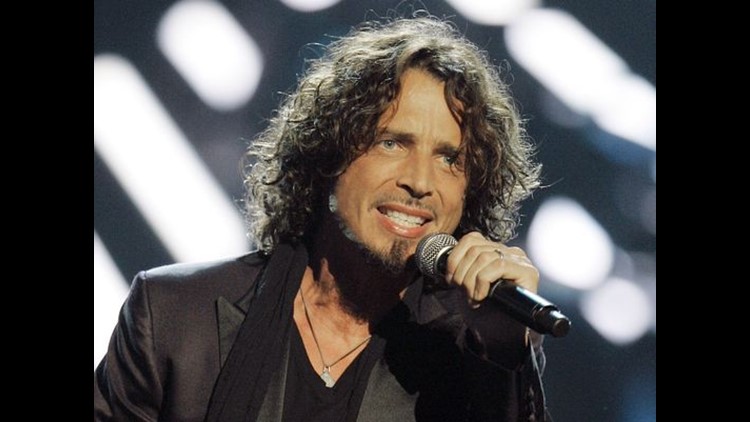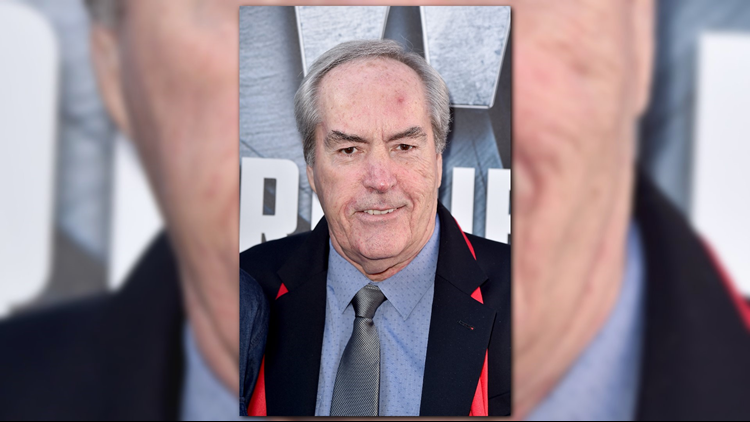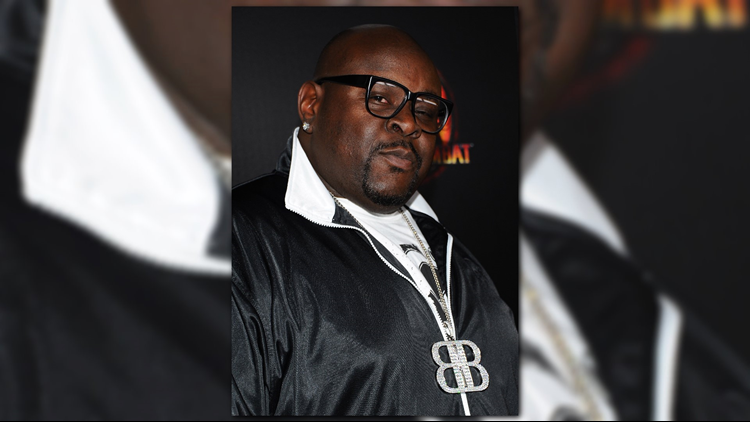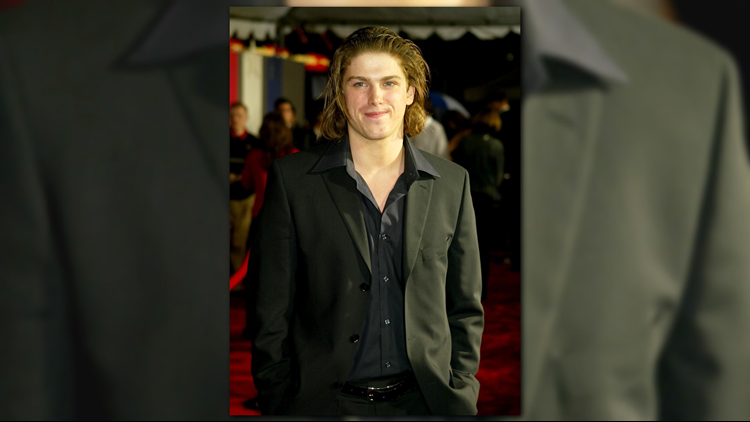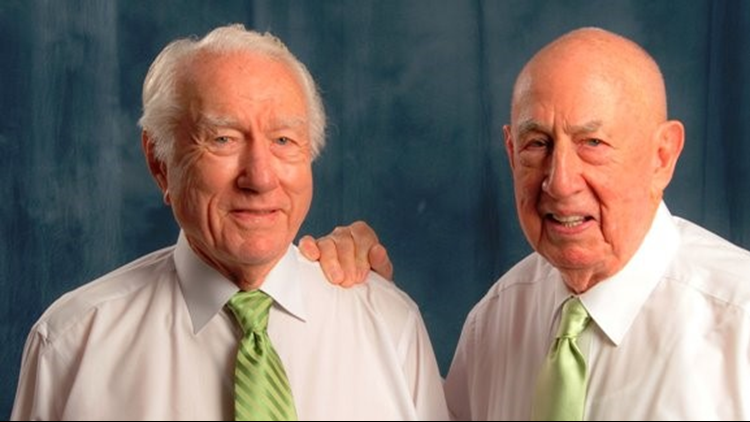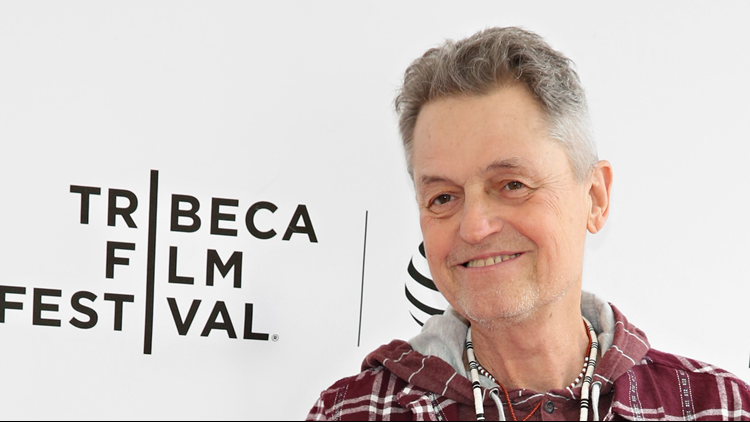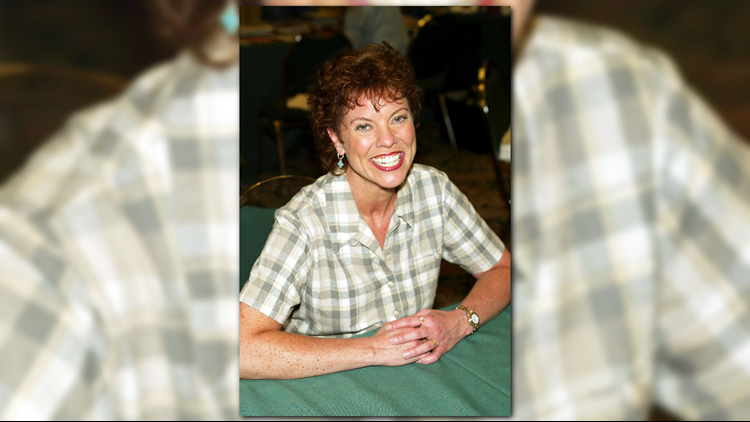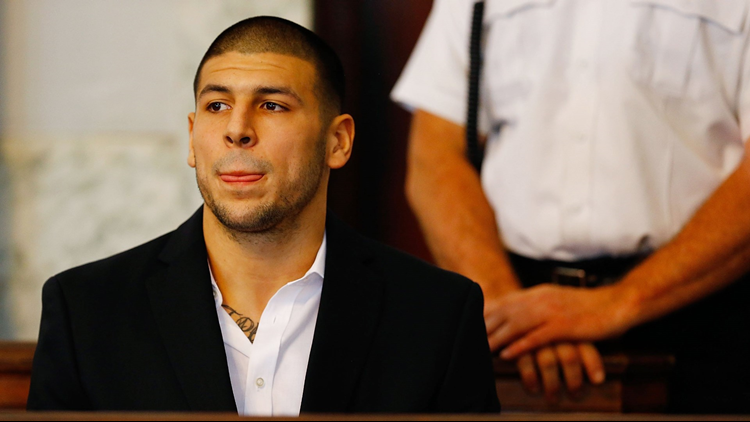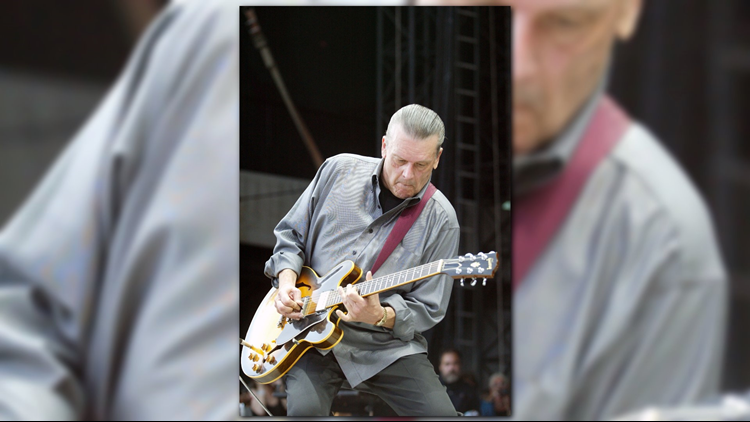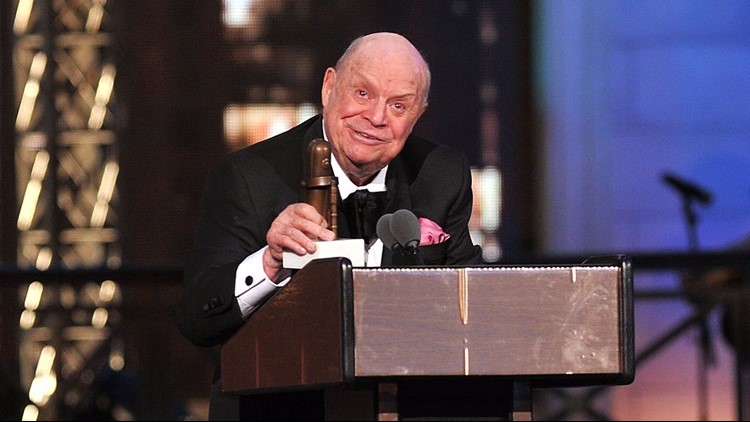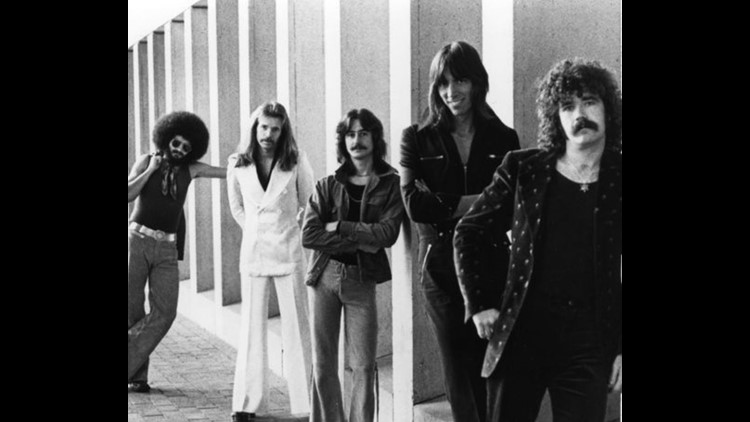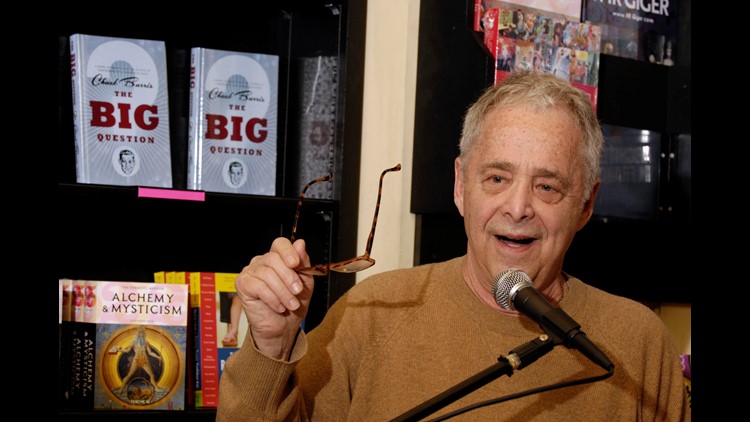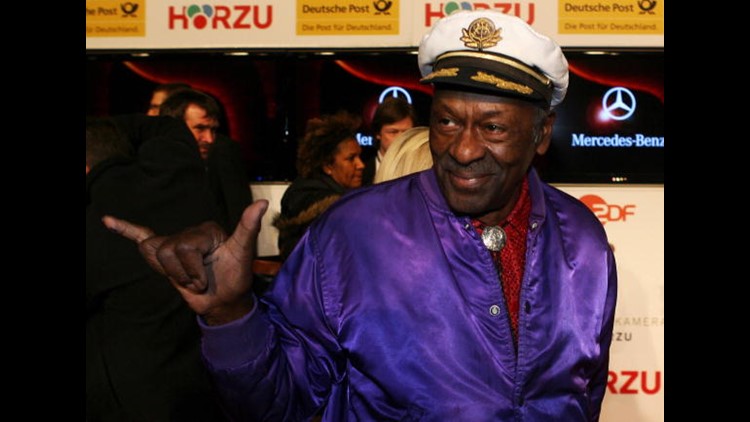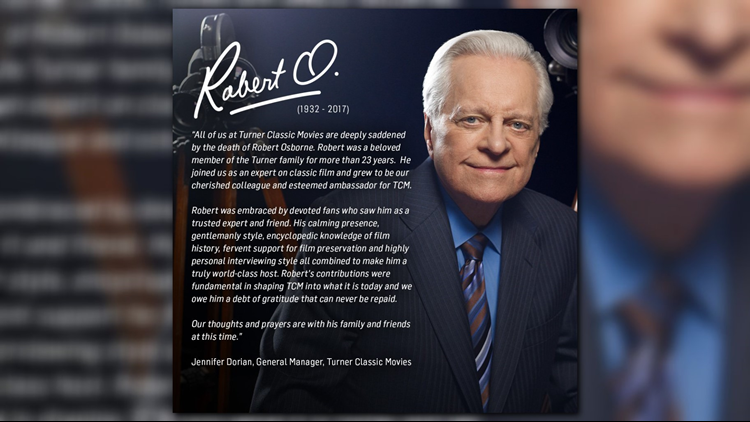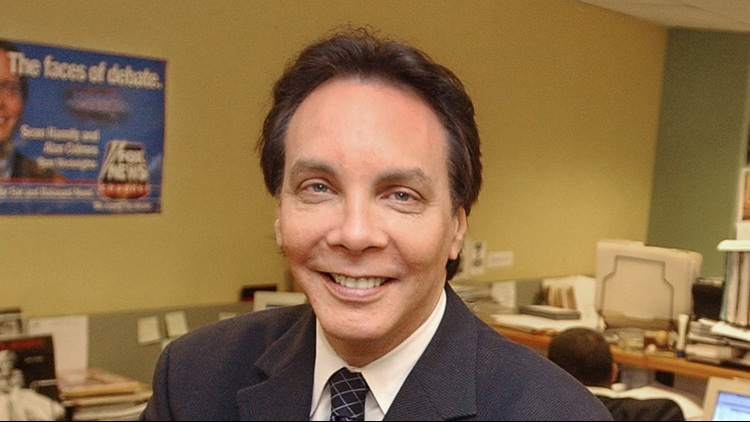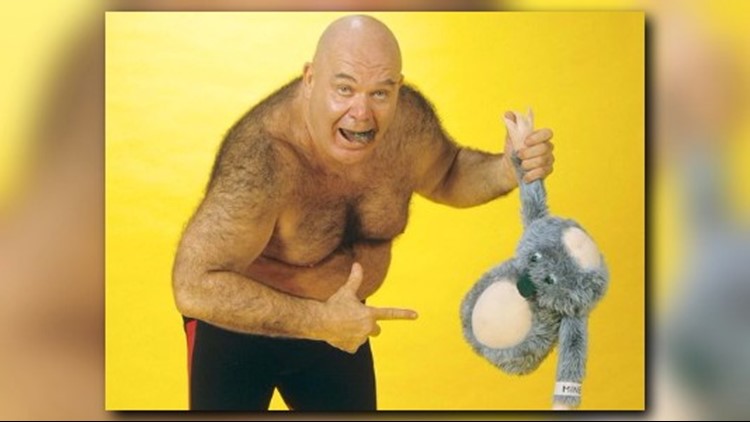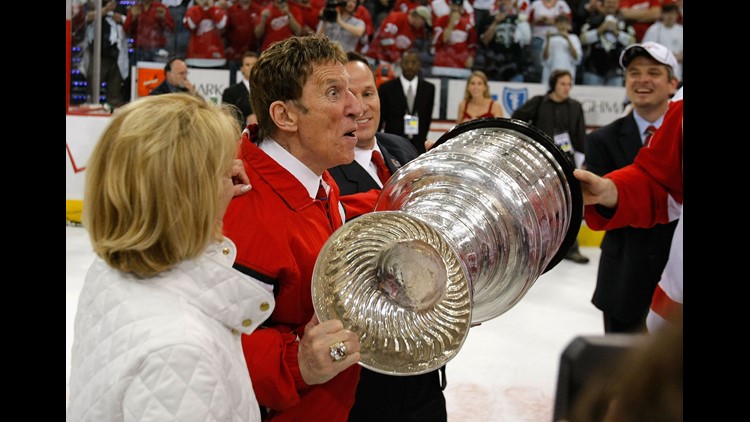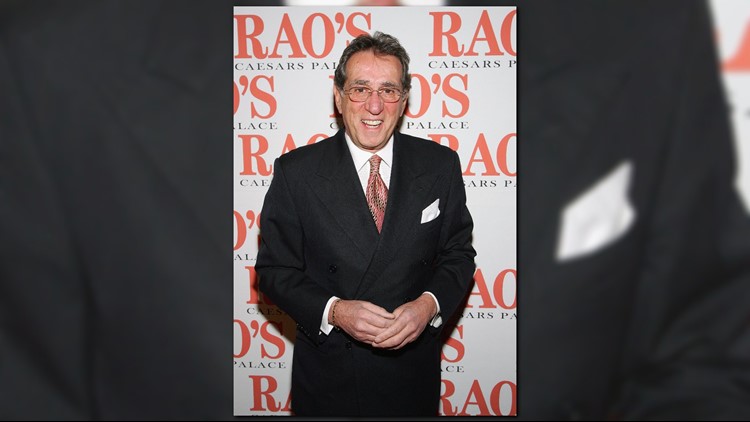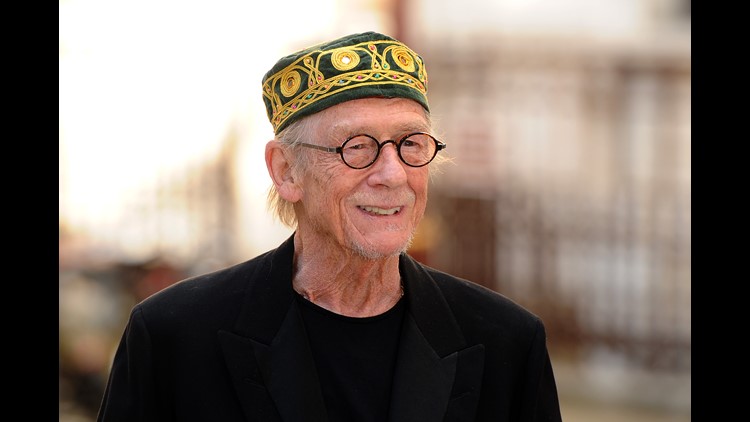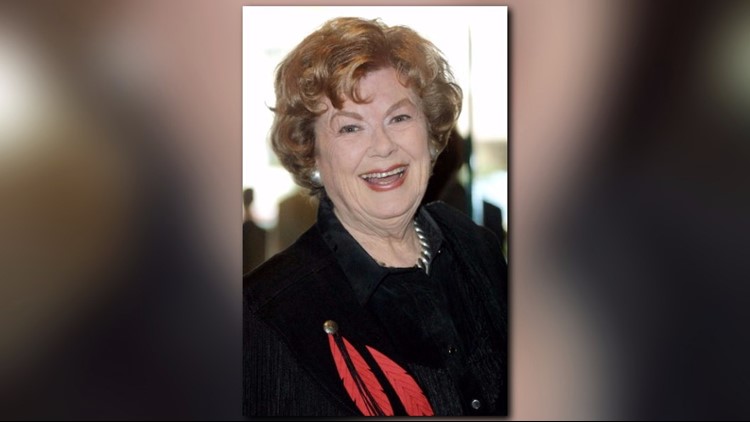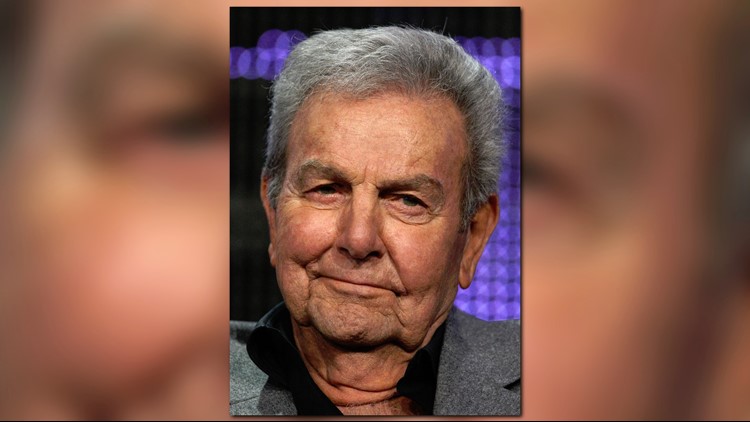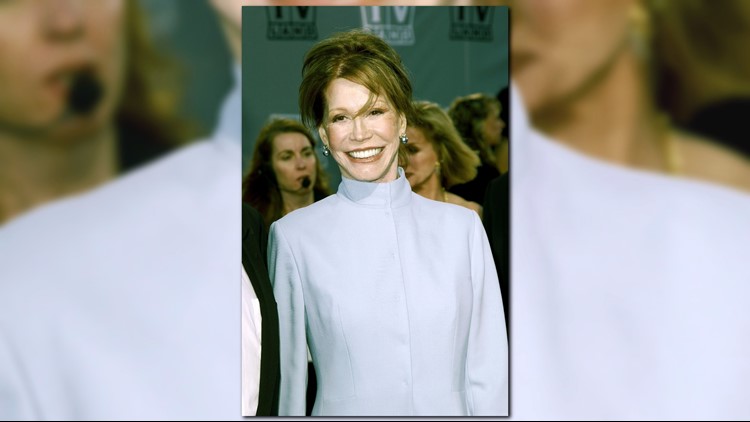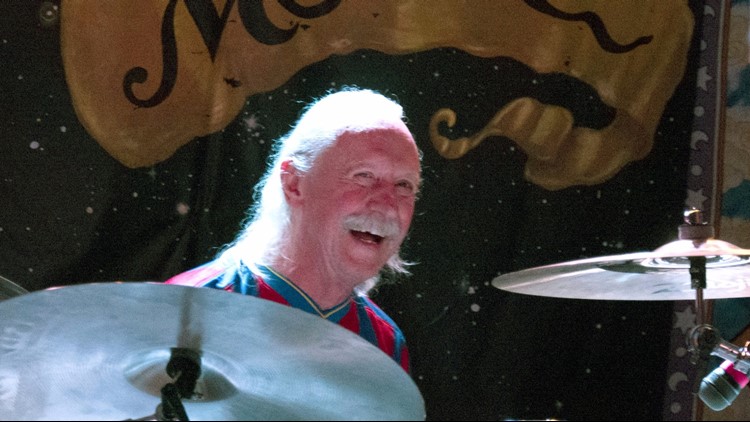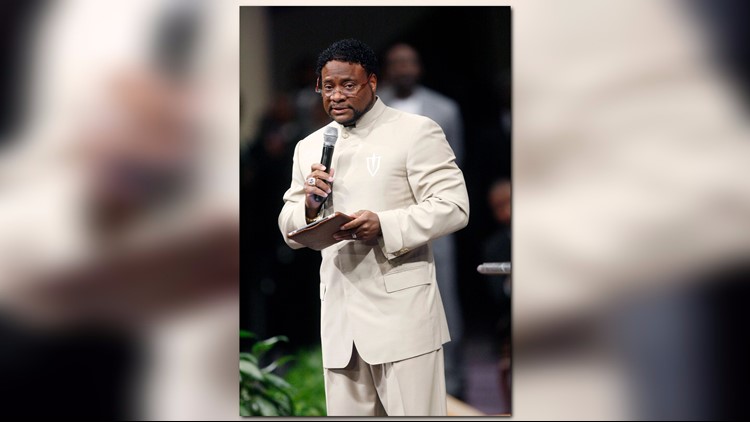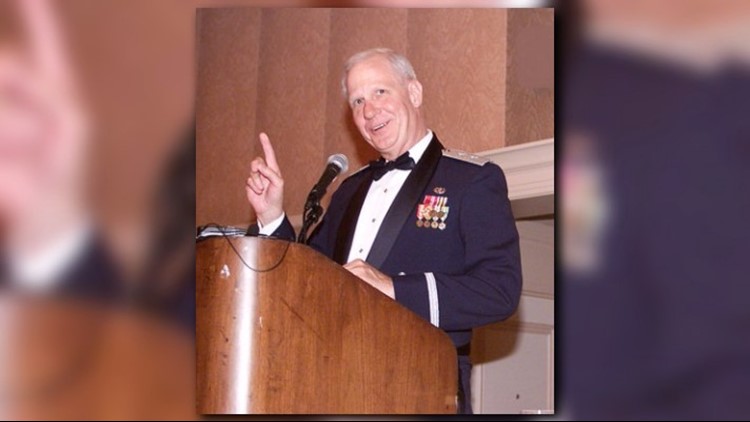PALM SPRINGS, Calif. — Barbara Sinatra, who gained prominence as "Lady Blue Eyes" and then developed her own legacy as a premier battler against child abuse, died Tuesday morning at her Rancho Mirage, Calif., home after months of declining health. She was 90.
She was married to Frank Sinatra, one of the greatest and most mercurial artists of the 20th century, for almost 22 years – longer than any of his previous three marriages. But Barbara Sinatra used her husband's fund-raising clout to build the Barbara Sinatra Children's Center to help abused children at Eisenhower Medical Center.
"She died comfortably surrounded by family and friends at her home," said Children’s Center Director John Thoresen.
► READ MORE: In Remembrance: Barbara Sinatra through the years
The center, which has provided counseling for the victims of some of the biggest child abuse cases in the desert, was founded in 1986 by Barbara and Frank Sinatra and supported by the Frank Sinatra Celebrity Invitational Golf Tournament, which included shows by Sinatra from 1989 until his final performance ever in 1995.
Barbara Sinatra continued to host the fund-raising tournament and gala parties and luncheons, through 2016. It will return in a revamped format in December as the Frank and Barbara Sinatra Classic at Bighorn to continue her legacy.
“Barbara started raising funds for it in 1985 with Frank’s support,” said Thoresen. “It opened in 1986 and since that time, over 20,000 children have received beneficial therapy here. There are several child advocacy centers like it around the country, (but) this one is probably most recognized.”
Jamie Kabler, longtime family friend, said the funeral will be on Tuesday August 1. Barbara Sinatra is survived by her only child, Robert Marx, and one granddaughter.
Barbara's story
Barbara Sinatra was a prominent Palm Springs socialite before she began dating the legendary singer and actor, who lived across a fairway from her at Tamarisk Country Club in Rancho Mirage. But she didn’t have an easy life.
Born Barbara Blakely in Bosworth, Missouri, she wrote in her autobiography, Lady Blue Eyes: My Life With Frank, that her parents were "broke," and her mother dressed her and her younger sister as twins, “guaranteeing us a lifelong aversion to each other.” At age 10, they moved to Wichita, Kansas, where she said her classmates “regarded me with disdain” because of her gangly appearance and country twang.
She and her mother moved to Long Beach after World War II and the young Blakely was accepted into the Robert Edward School of Professional Modeling. She soon became Model of the Month and, in 1948, queen of the Belmont Shore pageant .
She was already a fan of Frank Sinatra music, like many bobby-soxers in the 1940s. So it may have been no coincidence that she married a Sinatra-sounding band singer with an Italian-American mother, named Bob Oliver. His friend, Nat King Cole, played piano at their wedding that September.
But Oliver was no Sinatra. They moved to New York, but Oliver couldn’t make it there, or anywhere, as a singer. Barbara got accepted to the Ford Modeling Agency and got work for Vogue and Life magazines, but also got pregnant. Fighting poverty again, she moved back to Long Beach and started her own Barbara Blakely School of Modeling.
The school was a success, but, two years after the birth of her son, Robert, her marriage was on the rocks and Barbara was having an affair with another crooner. She wound up a showgirl in Las Vegas while her mother cared for young Bobby.
It was while working in titillating costumes at the Vegas Riviera Hotel that Zeppo Marx, the straight man of the classic Marx Bros. movies of the 1930s, saw and fell in love with her. Zeppo had a home at home at Tamarisk Country and, when Barbara wanted to leave Vegas to find a safer environment for her son, Zeppo offered to pay Bobby’s tuition to a Long Beach military school and Barbara's rent at a motel next to the Racquet Club in Palm Springs. It was one of the turning points in her life.
► READ MORE: Women who ran with the Rat Pack
Young socialite
Barbara became a fixture at the star-filled Racquet Club, modeling and playing tennis with the likes of Dinah Shore, who became one of her best friends, and Tony Curtis, who brought around Marilyn Monroe while they were having an affair. Barbara and Zeppo married in 1959 and Zeppo provided well for her son. Young Bobby eventually took Marx as his last name, although his real father wouldn’t allow him to be adopted.
Zeppo was considered by his brothers, and comedian Jack Benny, to be the funniest of the Marx Bros. He also was known to be more ornery than his brother, Groucho. He'd get jealous of Barbara’s socializing, especially with their neighbor, Sinatra. But Sinatra once asked Barbara to play tennis at the Racquet Club with his recently divorced wife, Ava Gardner. That's when Barbara realized he still carried a torch for Gardner, and probably always would.
► RELATED: People we've lost in 2017
PHOTOS: People we've lost in 2017
She also met her life-long friend, realtor Nelda Linsk, at the Racquet Club.
“It was very social,” Linsk recalled. “She used to kid with me, saying, ‘Nelda’s always asking the better tennis players to play tennis with her and she just started.’ It didn’t bother me to walk up to Barbara or Dinah or any of them and say, ‘Let’s go play tennis!’
Linsk started modeling with Barbara and their mutual friend, Suzy Johnson. Gloria Greer, who covered the local social scene from 1961 until her death in 2015, said the three of them were Palm Springs' top models.
“The Marxes were prominent,” Greer told The Desert Sun. “Certainly she achieved more social prominence because of where she went with Frank. But she did it on her own, too. She and Dinah used to play golf at Tamarisk in the summer and nobody was down here. They used to wear their swimming suits and go around the golf course and jump in people’s pools.”
In 2011, Barbara said Palm Springs was an escape from the hard realities she had faced.
“I played a lot of tennis and golf,” she said. “We played golf in the morning, then we’d eat lunch or brunch. Then we’d go to the Racquet Club and play tennis until it was time to have cocktails. It was a wonderful life. At that time, it was total happiness.”
But, Barbara always remembered her tough times growing up in Missouri, and she was now in a culture where the wives of the rich and famous used their assets for charitable causes. Barbara fell into that tradition of "wanting to give back.”
Linsk and Barbara gravitated to the same charities.
“We were on different boards together,” said Linsk. “Florence Swanson was a trustee for Eisenhower Medical at Eisenhower Medical Center and they were building Collector’s Corner. So she called Barbara and asked if we would co-chair a fashion show. So we did that. That was kind of the beginning of our charity work."
The Sinatra romance
Barbara’s often wondered why, out of all the women in the world, Sinatra chose her to be his wife after his failed marriage to Gardner and then Mia Farrow in the late 1960s. His first wife, Nancy Barbato, was the mother of his three children and is now 100.
“I’ve tried to analyze it,” Barbara told The Desert Sun. "I think it’s because we were friends before anything romantic happened. He would call and chat, but it wasn’t romantic until later. It’s something you can’t explain why or how it happened.”
The Marxes and Sinatra went on trips to Las Vegas while she and Zeppo were still married. Greer said, “She would call and tell me!”
But it turned into a romance almost over night.
“In the beginning, it was kind of hush-hush,” Linsk said. “But she always said she was going to build a tunnel from her house to Frank’s house across the fairway.”
Sinatra’s mother, Dolly, wasn’t happy about the relationship. Sinatra bought her a house next door to his on Frank Sinatra Drive, but Dolly wouldn’t come to her son’s compound if she knew Barbara was there.
► READ MORE: Frank Sinatra: A look back at the famous crooner
“I heard through the grapevine that she’d asked Frank, “Aren’t there enough whores around? Why do you have to work on your best friend’s wife?’” Barbara wrote. “I think she was probably the only person Frank was afraid of his whole life.”
Barbara and Zeppo divorced in 1973. Zeppo’s attorney, Greg Bautzer, saw Barbara at a restaurant and viciously told her, “The only thing you’re going to get from Zeppo is the clap.” But, sitting with Barbara were Bee Korshak, a friend from the Racquet Club, and her husband, Sidney, a mob lawyer the New York Times called “one of Hollywood’s most fabled and influential fixers.”
Barbara wrote in “Lady Blue Eyes,” “From the expression on Sidney’s face, I thought Greg was unlikely to survive the afternoon. He said, ‘Barbara, you have no worries. Your problems are my problems.’”
Barbara won a settlement of $1,500 a month for 10 years plus the 1969 Jaguar Zeppo had given her four years earlier. Then, Barbara wrote, “Frank immediately upgraded that to the latest model.”
Frank and Barbara traveled together as a couple in the mid-’70s, and served as “the first lady of the house,” said Greer. But Sinatra never proposed marriage. In the spring of 1976, after they had been dating openly for four years, Barbara told him during a Lake Tahoe engagement, if he didn’t commit to marriage, she was leaving. Sinatra didn’t bite and Barbara flew home.
► READ MORE: Barbara Sinatra luncheon honors Michael Phelps
Sinatra went to his next concert in Chicago, but tracked Barbara down to a tennis tournament in Las Vegas. He had a driver waiting at her hotel to drive her to the airport, where a plane would fly her to Chicago. So, she left in her tennis attire, flew to Chicago, went to his suite and found a room filled with flowers. Sinatra placed a large diamond and emerald on the bed, and said, “You can have these set here in Chicago.” Barbara had them set as an engagement ring, and then she waited for him to propose.
“He decided to give it to me in champagne,” she told The Desert Sun. “He said, ‘Put it on,’ and I said, ‘No, you put it on,’ and I went like this (extending her fingers). I wanted to see if he’d put it on the right finger. And he did.”
It wasn’t a real proposal, but, she said, “I thought that was the closest I was going to get.”
On her wedding day, she also got a demand from Sinatra's lawyer to sign a prenuptial agreement.
Philanthropic wife
Barbara’s level of philanthropic activities increased with her new status as Mrs. Frank Sinatra.
“The big charity giving by Barbara started when she was married to Frank,” Greer said. “It was Frank behind all that and Frank was probably the most generous person in the world.”
A non-profit organization called the Friends of the Cultural Center had been trying to build a performing arts center on the College of the Desert campus in Palm Desert since the 1960s. Choral leader Fred Waring performed benefit concerts for it every year, but little progress was being made. Then COD president Fern Stout asked Barbara to ask Frank to perform a 1977 benefit concert. It made more than $76,000 – more than twice what Waring raised in 1976. The next year, Barbara was named chairwoman of a board including Waring, film director Frank Capra, Palm Desert founder Cliff Henderson and Bob Hope’s wife, Dolores.
► READ MORE: Sinatra inspires Jack Jones to get frankly serious
“That was my first experience with it,” Barbara said. “The president of College of the Desert was a friend of ours and they were in trouble at the time. They were raising funds to build (the McCallum Theatre). Frank volunteered to go there. I remember we sat in an auditorium with bleachers. Certainly there was a need for it.”
But Sinatra didn’t do another benefit concert for the Friends of the Cultural Center and Barbara didn’t continue as its board chairwoman. She supported her husband’s efforts to raise funds for Desert Hospital (now Desert Regional Medical Center), Temple Isaiah, the Palm Springs Art Museum and St. Louis Catholic Church, but it would be seven years before she’d undertake another endeavor as big as the McCallum.
Then a friend named Barbara Kaplan suggested a project.
“I played tennis with Barbara and her husband, Danny,” Barbara told The Desert Sun. “Her children had graduated and moved away to school. She went back to school and got her degree and worked for Family Counseling Services in child psychology. Then she started telling me some of the stories. At that time, child abuse was something that was totally hidden in the closet, or under the carpet. You never realized it happened to someone that you knew. Then, when you realize the prevalency of it, it’s just staggering. When I met some of the children, that did it.”
Kaplan showed her some pictures child abuse victims drew of themselves and Barbara Sinatra accompanied her to some Family Counseling Service sessions.
“They were giving therapy all over the valley, wherever they could get a room to meet — a church basement, savings and loan basements, any place they could find,” said Sinatra. “It took $27,000, or some very meager amount by today’s standards, to keep the therapy up to help the children. So I said yes, of course, I would help her. That’s when we did the Celebrity Art Auction. I did the celebrity part, she did the other.
“We formed a little board and were very successful in the art auction. We were supposed to raise $27,000, I think we raised $60,000. The next year we raised even more. So we had a little money and I realized the thing we needed most of all was one central place where they could all meet.”
“She just said, ‘This is ridiculous. We’ve got to build a children’s center,’” said Thoresen. “And that’s how it all got started.”
Sinatra credited one of her board members, Danny Schwartz, with conceiving the idea to approach former Ambassador Walter Annenberg about getting space at Eisenhower Medical Center for a children’s center. Annenberg said he had been involved in trying to get a children’s center built at Desert Hospital and the project died. But Barbara promised she’d raise the necessary funds and hire an architect.
“She and Frank met with Walter Annenberg at Alfredo’s (restaurant) and showed him the papers,” said Linsk. “That’s when Walter gave them the grant.”
Linsk helped find the first donor. She had sold a house to a builder named Don Knutson, and she told Barbara he wanted to get involved in the community. So Barbara invited him to the compound while Cary Grant, Jimmy Stewart and Gregory Peck were visiting her husband. Knutson absorbed the star power and told Linsk, “What does Barbara want from me?”
Frank and Barbara were planning a benefit concert with tables going for $10,000, which was the cost of one room in the planned children’s center. Knutson asked Barbara if she’d like to have him buy a table or a room, and she said suggested the entry hall because “you’ll be going to the concert already.” The entry hall, combined with the auditorium, cost $100,000, but Knutson told her, “OK, put me down for that.” Then Frank agreed to purchase the auditorium and the Barbara Sinatra Children’s Center was on its way.
Barbara wanted the center to be child-friendly, said Thoresen, and she insisted that no child would ever be turned away for an inability to pay for services. To achieve the first priority, the center was made multi-disciplinary.
“Rather than taking an abuse victim to a police station to be interviewed or an emergency room for a medical exam, this facility has the capacity to do both a medical exam and a forensic interview,” he said. “Because we’re located in one facility, we can triage that child right into counseling. Without the Barbara Sinatra Center, that wouldn’t happen and a lot of those kids would fall through the cracks.”
To make sure no child would ever be turned away, Frank and Barbara planned the Frank Sinatra Celebrity Invitational Golf Tournament, with parties chaired by the likes of Linsk and philanthropist Helene Galen. Frank provided the celebrities and the gala and golf tournament attracted some of the biggest stars in the business. When poor health kept Frank from the gala in 1996, there was some concern about the fundraiser's future, but many of the biggest proponents of Sinatra’s kind of music, including Jack Jones, Andy Williams, Vic Damone, Jerry Vale, Buddy Greco and Susan Anton, made it a success.
Then there was concern again that the tournament might falter in 1999, the year after Sinatra’s death. But Frank Sinatra Jr. agreed to headline the gala for free and the tournament not only succeeded, it spawned more events. The Champions Honors Luncheon has annually attracted such sports superstars as John Wooden, Hank Aaron, Magic Johnson and, earlier this year, Olympics star Michael Phelps.
Now there is again concern about the future of the main fundraiser for the Barbara Sinatra Children’s Center. But Thoresen said it will continue Dec. 10-12 at Bighorn Golf Club with major contributors receiving premier tickets to Barry Manilow’s Gift of Love show at the McCallum on Dec. 12 – the 102nd anniversary of Frank Sinatra’s birth.
The Children’s Center has a $9 million endowment, said Thoresen, and a strong board to see that the center remains a long-lasting legacy to Barbara Sinatra’s vision.
“We have succeeded without Frank,” said Linsk, “and we will succeed without Barbara, I’m sure. We have a great board and we’re all working very hard.”
Follow Bruce Fessier on Twitter: @BruceFessier




